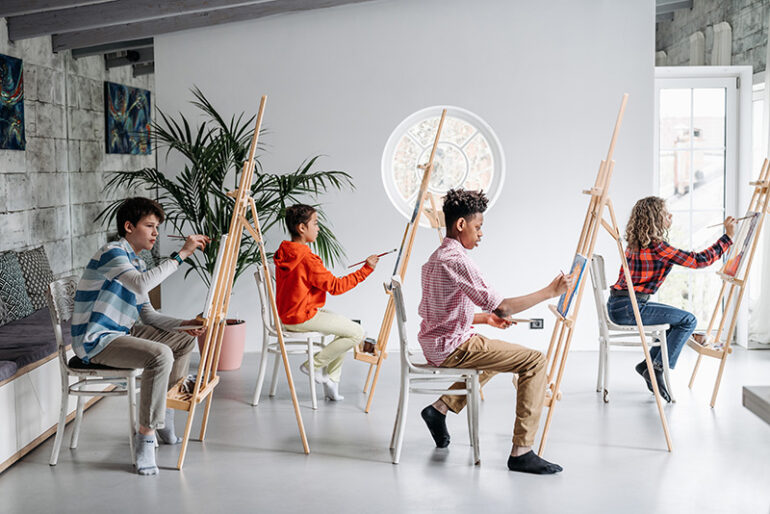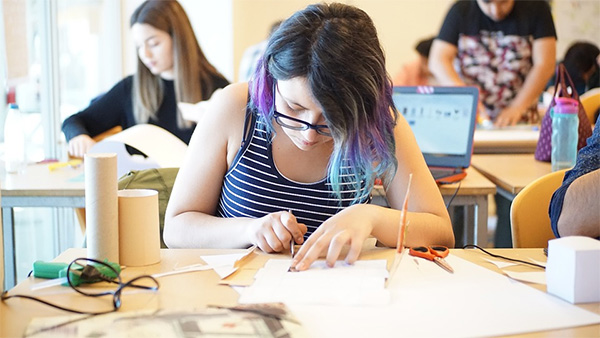Art education is essential to the general educational system, encouraging students to be creative and imaginative and hone their problem-solving skills. Music, visual art, theater, and dance are part and parcel of art education. Schools play a key part in providing students with an art education program that benefits their overall development.
Students can explore various mediums and methods in a supportive and safe setting during art classes, which can enhance their cognitive and motor abilities. In addition, through art, they can discover practical and significant ways to communicate their thoughts, feelings, and ideas.
Additionally, art education helps students improve their academic performance. According to studies, art program students frequently exhibit increased inventiveness, logical thinking, and academic achievement.
Improves critical thinking and problem-solving skills
Art education enables students to think logically and be creative in resolving issues. Through engaging in artistic activities, they become more proficient in recognizing, analyzing, and developing innovative solutions to complicated problems. These abilities are beneficial in the art world, as well as other fields like science and technology, among others.
Enhances academic performance
According to studies, students participating in art education programs outperform their peers in the classroom. Improved grades and test results may arise from students’ increased ability to think critically, solve problems, and communicate. Visual arts, for instance, positively impact the student’s capability to maintain organization with their writing. Additionally, their reading skills are further improved, which includes understanding complicated texts that may be found in science courses. When a student participates in different art programs, their skills in reading and math are enhanced. They also demonstrate an increased capacity for problem-solving or analyzing.
Improves social skills
Art education allows students to collaborate with one another, helping them improve their social skills. Whatever art activity they may be involved in, they are in the company of peers who share the same interests. They can learn from one another, team up for a particular project, and form good relationships with others. Additionally, their communication skills are further improved.
Promotes social and emotional growth
Also, art education can significantly influence students’ emotional and social growth. For example, they can gain self-confidence, enhance communication skills, and cultivate empathy for others through art-related activities. In addition, students who participate in art classes have a secure place to express their feelings, thoughts, and emotions, which can aid in the growth of positive coping skills and boost mental health. Additionally, art education may encourage cultural awareness and understanding among students in today’s globalized society.
Provides options for career development
For students, an education in the arts can lead to various professional prospects. For example, students with a foundation in art education can pursue jobs in industries including advertising, design, and marketing and employment in the arts, such as musicians, dancers, and other performers. Other career opportunities include getting a teaching job or becoming an arts administrator.
Art education is a potent tool that positively impacts every student’s emotional, academic, and social development. Therefore, schools should prioritize providing their students with a complete art education program and help them discover their creativity and brighten their future.
Photo Attribution:
1st and featured image from https://www.pexels.com/photo/kids-doing-painting-class-8382387/
2nd image from https://pixabay.com/photos/students-class-art-desk-crafting-5228880/

